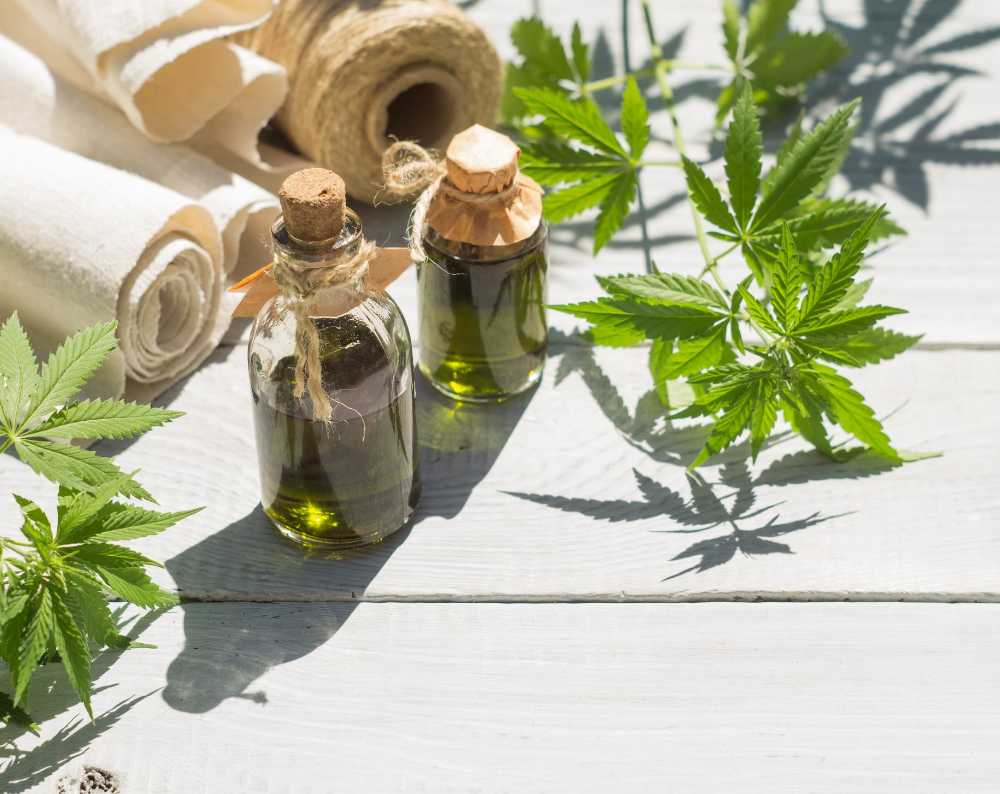Originally published on
By Marcelo de Vita Grecco and Patrícia Villela Marino
The biggest difficulty faced by Brazil in 2020 is the tragic loss of thousands of lives due to the new coronavirus pandemic. However, other problems faced a few years ago have gained greater dimensions. Covid-19 also leaves a severe trail of economic crisis. In addition, the frequent increase in deforestation and evidence of weakening environmental policies have put the country under pressure from governments and international investors. In fact, the chaos in health causes almost all countries to suffer economically and many also have severe environmental degradation. However, few have ideal natural and technical conditions to drive a promising and sustainable new economic activity. Brazil has this possibility with the cultivation and creation of a market ecosystem around hemp.
Hemp, or cânhamo in Portuguese, is a species of cannabis free of its psychoactive principle. It contains a maximum of 0.3% tetrahydrocannabinol (THC), the substance responsible for the “high” obtained with adult marijuana use. This is the case, for example, of all varieties of Cannabis sativa L, authorized by the European Union catalogue. Clarifying and disseminating this point is extremely important so that both society and governments can discuss the legislation and regulatory frameworks for the cultivation of the plant properly.
Absolutely everything from hemp can be used, including its waste from harvesting and processing. From a sustainability perspective, hemp production requires fewer inputs than most other fiber crops. Water and agricultural pesticides are used in low doses and half of the required fertilization is natural, when taking into account outdoor or greenhouses growing. In short, it makes sense to legalize and consider the domestic growing of hemp since the plant does not offer any risk. These advantages are significant, but there is more.
Hemp has strong carbon neutralizing power. In comparison, one hectare of the plant can capture up to 13.4 tons of CO2, a potential similar to that of the rainforest area. Used as a capture crop, hemp improves the yield of subsequent crops and restores soil health.
In fact, hemp root system allows the plant to act in the phytolmediation and phyto extraction in terrestrial and aquatic environments. That is, it plays a role in purifying heavy metals and other chemical elements contamination. Just to exemplify this potential, there are experiments of cultivation in soils in Ukraine’s Chernobyl region to remove dangerous contaminants from the worst nuclear accident in history.
Addressing a correlated perspective of combining economic strengthening and sustainability, hemp also offers great possibilities. Its fibers can generate green energy, that is, clean, sustainable and reliable, thus helping to reduce our dependence on fossil fuels. Its highyield biomass provides a renewable alternative for biofuel production. Moreover, the use of residues from plant harvests could greatly favor the universal availability of this energy source throughout the year at affordable prices.
In civil construction, there is also a more sustainable option with hemp concrete, also known as hempcrete. Plant fibers mixed with powdered limestone and water generate a light, strong and non-toxic concrete for walls, ceilings and floors. The natural and breathable material provides optimal thermal and moisture control, free of poisonous gases emission or use of solvents.
In addition, the world will see exponential growth in the use of hempbased bioplastics in the coming years. Biodegradable compound can have applications in packaging, 3D printing and even in the automotive industry. Porsche recently developed a racing car model with hemp fiberbased bodywork.
In all, we have about 25,000 possibilities of hemp products in the most diverse segments, including textiles, paper, ropes, paint, animal feed, food and food supplements, cosmetics and medicinal preparations. The U.S. market is already moving more than $1 billion a year and is growing rapidly, with emphasis on personal care products, industrial applications, the food industry and the textile industry, as well as the medicinal use of cannabidiol.
Promoting production and access to safe and efficient renewable energy sources, as well as increasing the use of raw materials that enable the conservation of the environment and reduce waste are at the heart of the urgent sustainable development goals for 2030. The creation of the market around the cultivation and processing of hemp meets these purposes. With ideal climatic conditions and immense agricultural potential, Brazil can blaze new trails, creating an example to be followed globally.
Several countries are already embracing the green hemp revolution. However, Brazil falters amidst legislative discussions still marked by prejudices and much misinformation. Brazilian society has the chance to start a new path of prosperity. And our environment has the possibility of having a friendly productive activity. Whichpath will we be taking?
Marcelo de Vita Grecco is co-founder and head of business development at The Green Hub and Patrícia Villela Marino is president of the Humanitas360 Institute and co-founder of CIVI-CO, a community of social entrepreneurs.





